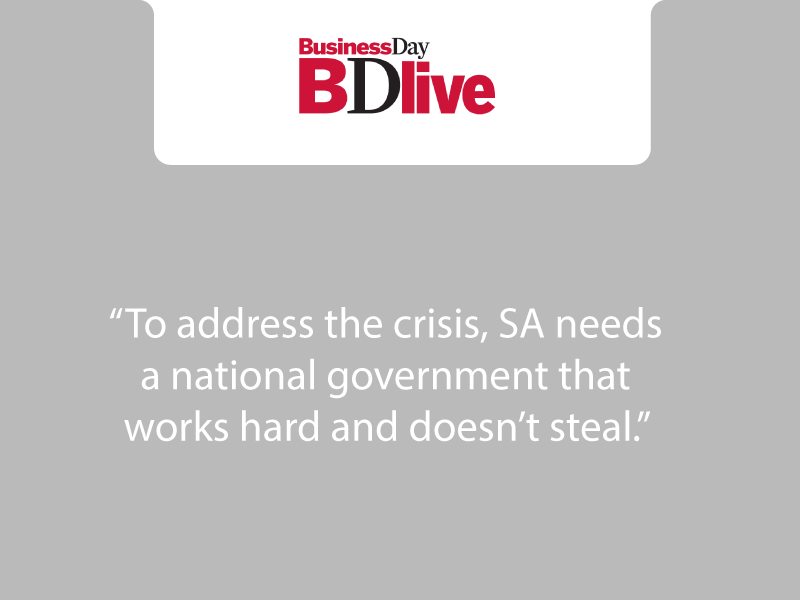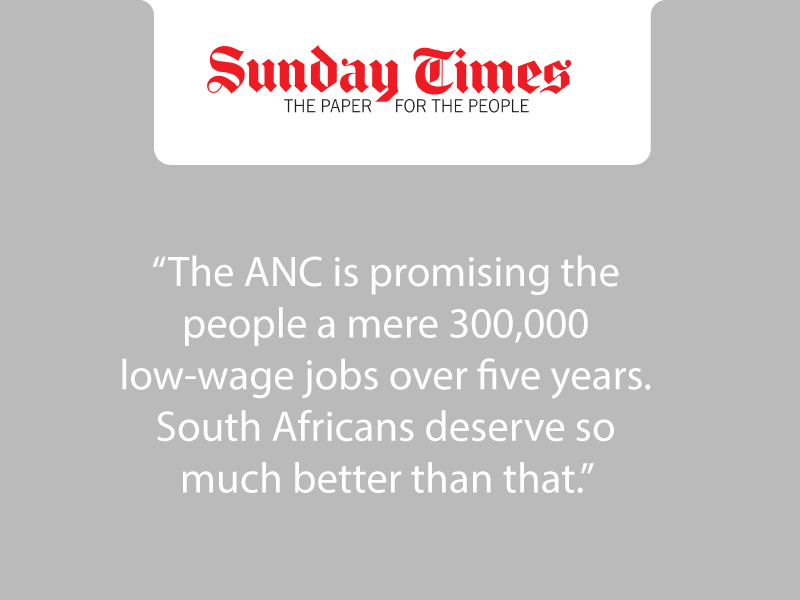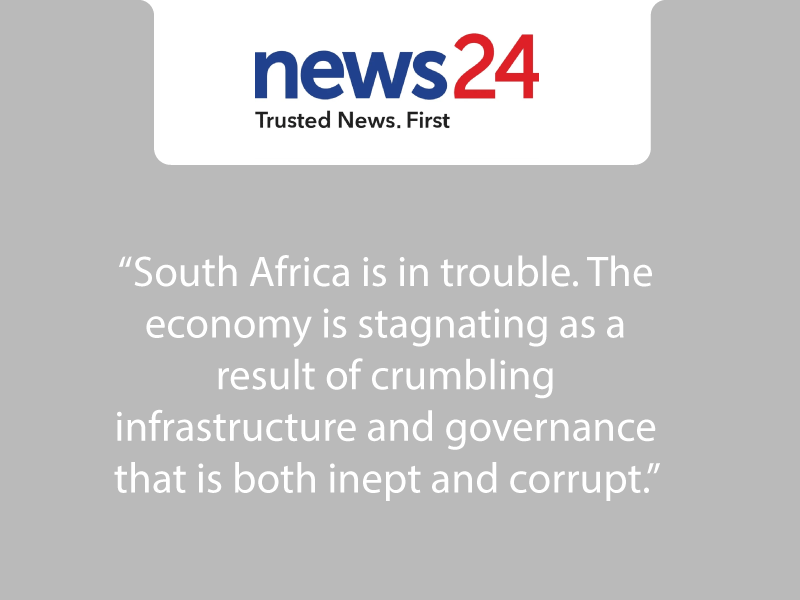
In the United States, public schooling in urban areas is largely financed and run by city governments. This model differs from South Africa’s approach but the American experience is nonetheless highly relevant for this country.
The critique by new urban thinkers of the American public schooling system is far-reaching.
- Ann Bernstein is the executive director of the Centre for Development and Enterprise. This article is based on the CDE publication ‘The new urban paradigm: a radical departure in urban management’ (May 2003).
Schooling consumes a significant portion of city budgets; this expense is created by excessive personnel costs, not buildings, equipment, books or learning materials. Teachers are unionized and use the political power of the labour movement to lobby for and achieve conditions of service under which they have relatively low working hours, generous remuneration, no assessment of performance and little or no chance of being dismissed. Although all teachers have to be ‘professionally qualified’ many have not mastered the content of what they should teach, nor basic teaching methods. Faddish theories of education and teaching are substituted. Parents have little choice in respect of public schools. Outcomes are declining with many inner city schools failing to reach prescribed standards. Change within the system is blocked by a combination of teachers and bureaucrats leading to flight out of the system of the best educators and pupils.
Take New York as an example. Public education is New York State’s largest government enterprise – a $25 billion monopoly industry that doesn’t compete for its customers and is rarely required to answer to its presumed shareholders – taxpayers. The monopoly’s business practices are largely shaped by its employees – through political lobbying and the collective bargaining power of the teachers and supervisors’ unions. In 1993-4, New York State United Teachers spent $3,3 million on lobbying and campaign contributions – more than three times as much as the next highest group. This may sound familiar to South Africans.
Changed course
Attempts to change the American public schooling system from within have gone on for years, but now the new thinkers have changed course. Markets, they argue are more effective than other ways of supplying goods and services because of competition between suppliers. However even this is of limited use if consumers don’t have the financial capacity to exercise choice. Change can only be brought about by putting choice in the hands of parents, through a system of school vouchers.
Sol Stern argues: ‘Of course if the monopoly were doing its job – providing a quality education to all the state’s children – there would be no education crisis and the voucher alternative would be purely academic. But it is now an open secret that in many areas of (New York) State, the taxpayers money is going straight down the drain…Consider the problem of failing schools. When schools in the private sector fail, dissatisfied parents take their tuition money to another school and the failing school must respond either by improving or closing down. In the public school sector, however, failure has its perverse rewards. Not only is no one ever fired and no school ever closed, but failure creates a rationale for even more jobs for the industry…’
That is why he and others would argue, a more radical reform like vouchers, coming from outside the system and directly challenging its most fundamental assumptions and settled arrangements is essential to force change on an establishment that has resisted it fiercely. Parents prefer vouchers to public school reforms such as school based management and parent-teacher councils. Their first priority is good schools for their children and they believe that the best way to achieve that is to give education consumers real choices.
Milwaukee is one of only two cities in the United States to offer a publicly funded school voucher programme. Parents can apply for a voucher – generally worth less than the real cost of educating a pupil in the public system – and use it to pay fees and other costs associated with their child at a school of their choice. Despite the lower value of the vouchers many parents take this option. Since 1992 the voucher system has been expanded every year and a recent poll showed that 95 per cent of the poorest (mainly black) residents approved of vouchers. Bruce-Guadalupe is a school of 500 pupils of whom 150 are financed through vouchers. It is an independent Catholic school. The school has resisted the unionization of its staff. Salaries are agreed between the principal and each teacher. With the support of teachers the school offers a longer school day than the public system and teachers report two weeks before school opens each year to deal with administrative issues and undergo training.
Real cost
The real cost per pupil is $4 200 compared with $7 200 in the public system. In the third grade 81 per cent of pupils scored at or above the grade level in every subject on the state’s standardized tests. This is better than most public schools and equal to many private suburban schools.
South Africa spends more of its budget on education than any other developed or developing country. But our results are among the worst across the world. Surely the time has come for some bold ‘out of the box thinking’? Wouldn’t poor parents in Winterveld, Soweto, Bushbuckridge or Kyalitsha be better off using state money (ie vouchers) to seek out the best school they can? Why is freedom of choice with respect to education something we restrict to the middle class, the rich and the powerful? If the children of ceos and cabinet ministers can go to the best schools in the country – private, church, or leading government schools in the area – why not the children of the poor? Vouchers would empower poorer parents to seek out the best education for their children.




